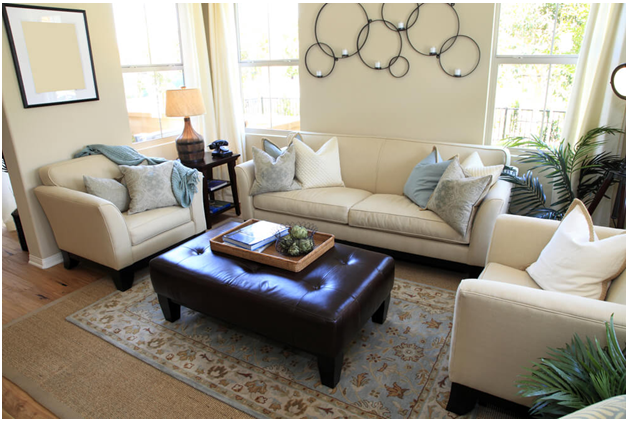In many industrial applications, there is a need to measure water as it passes through a pipe. To control the process, you use a water flow meters. There are different water flow meter technologies you can choose from according to the requirements of the application, the budget, as well as maintenance constraints. Each type of flow meter has a unique working principle, cost of acquisition and installation, as well as benefits.
The main concern for most process engineers is distinguishing which type of water flow meter suits the application at hand. Here are the four major kinds of water flow meters and their descriptions.
Mechanical water flow meters:
Of the four types of water flow meters, a mechanical flow meter is considered the most economical and also the most commonly used. The device measures water flow through a rotating turbine fashioned using a paddle wheel design. As water flows through a pipe and into the flow meter, it will cause the turbine to rotate. The rotational speed is proportional to the water flow rate. Although mechanical flow meters are simple and easy to use, they are prone to clogging when the liquid consists of large contaminants. A mechanical flow meter is also only suitable for applications with strong water flow.
Vortex water flow meter:
Just as the name of this flow meter implies, the device works by using a sensor that sheds vortices while immersed in the fluid. Water naturally creates vortices when it passes through an obstruction. The sensor inside the meter will move from one side to the other as each vortex passes through. This movement creates a frequency output which is proportionate to the water’s volume flow rate. There are vortex flow meters which can measure multiple variables using only one connection. Some of the variables measured include volumetric flow rate, temperature, pressure, density, and mass flow. You can also find vortex flow meters which are small enough for installation inside large pipes.
Ultrasonic water flow meter:
An ultrasonic water flow meter measures fluid speed as it passes through pipes. This flow meter uses the principle of ultrasound for measuring volumetric flow rate. A transit-time flow meter is one example of an ultrasonic flow meter. It works by transmitting an ultrasound signal in the same direction as water flowing downstream. Another ultrasound signal is transmitted in the opposite direction. The basic calculation of flow rate is the difference in time it takes for the ultrasound signal to travel downstream and the time it takes to move upstream.
Magnetic water flow meter:
This type of water flow meter uses the principle of magnetic fields to measure fluid speed. Since water generates a voltage as it passes through a magnetic field, the faster the fluid flow, the more voltage produced. Hence, the amount of voltage is equal to the speed of water. Using electronic processors, the signal output in voltage gets converted into the corresponding volumetric flow rate. A magnetic flow meter is not suitable for measuring pure water with no ions because it cannot create a magnetic field.
Read Also:
Feature Image: unsplash.com






















